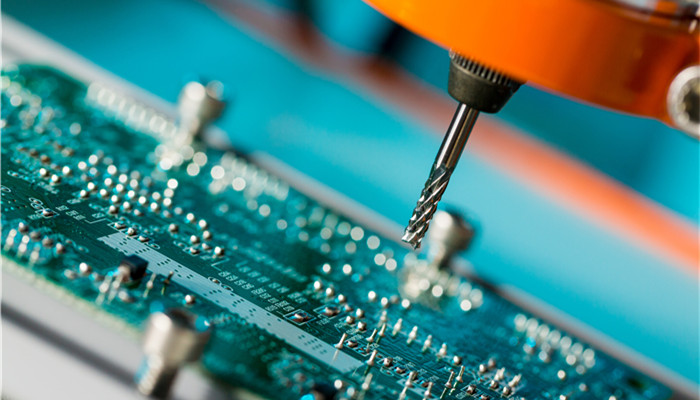
Ultrapure water has good application prospects and the industry is developing rapidly
Ultrapure water refers to a kind of aquatic product that removes impurities and electrolytes from water and reduces microorganisms, particulates, organic matter, dissolved gases, etc. to extremely low levels. Ultrapure water has high resistivity and is currently used in many fields such as microelectronics, integrated circuits, liquid crystal control, pharmaceuticals, and high-precision circuit boards, with high application demand.
According to the “China Ultrapure Water Industry Market Supply and Demand Status and Development Trend Forecast Report 2021-2025” released by the Industrial Research Center, Benefiting from the development of the terminal electronics industry, the ultrapure water market demand is showing a growth trend. In 2019, the global ultrapure water market reached approximately US$6.5 billion, and is expected to reach US$8.9 billion by 2025, with the semiconductor field occupying a dominant position. Analyzing the structure of the global ultrapure water market, semiconductors are the main market, accounting for approximately 45%, followed by coal-fired power generation, accounting for 19%, and flat panel display and pharmaceutical applications accounting for approximately the same proportion, approximately 10%.
Driven by the rapid development of industries such as artificial intelligence, the market size of electronic-grade ultrapure water for semiconductors is showing a rapid growth trend and will reach US$4 billion in 2022. In semiconductor production, ultrapure water is mainly used in chemical reagent preparation and cleaning steps, of which the cleaning steps are mainly concentrated in the wafer production process. As the semiconductor industry moves to mainland China, the domestic market demand for ultrapure water continues to rise. In 2019, Lanxiao Technology achieved localized production of ultrapure water. Under the background of “double carbon”, the nuclear power industry, which has the advantages of high power generation rate, cleanliness and environmental protection, will develop rapidly. Ultrapure water has a high demand for application in nuclear power plants. It is expected that the ultrapure water industry will show a rapid development trend in the future.
The production threshold of electronic grade ultrapure water is high, with high technical threshold and raw material barriers. The most important one is that ion exchange resin needs to have high uniform particle size. The injection method, the production technology required for ion exchange resins with high uniform particle size, has long been monopolized by foreign companies, and companies such as Dow, Lanxess, and Purplette account for about 92% of the global market share. After a long period of exploration and breakthroughs, Zibo Dongda, Lanxiao Technology, and Zhejiang Zhengguang have all implemented the application of uniform particle resin production technology.
Lanxiao Technology has been deeply involved in the field of ultrapure water for many years. Its current business includes pure water equipment, ultrapure water treatment, nuclear-grade water treatment, etc. In 2020, the company’s water treatment and ultrapurification fields achieved revenue of 170 million yuan. Affected by the epidemic, Operating income declined. But in the first quarter of 2021, this business segment achieved revenue of 145 million yuan, a year-on-year increase of 36%.
Industry analysts said that ultrapure water has high application demand in semiconductors, coal-fired power generation and other fields, and is affected by the development of the semiconductor industry , my country’s ultrapure water market demand continues to rise, and the market development space is huge. The production of ultrapure water is technically difficult, and the required core materials and equipment have been monopolized by foreign companies for a long time. After years of development, some domestic companies have realized the production of equipment and core materials, and gradually realized the localization of ultrapure water.

 微信扫一扫打赏
微信扫一扫打赏

